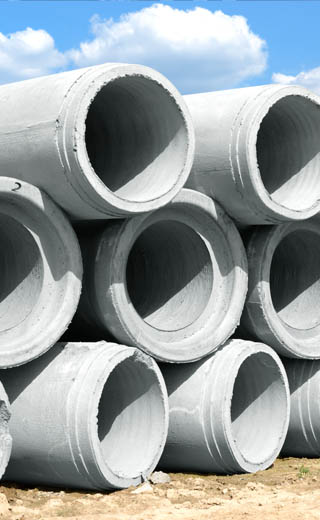3D printing is a hot topic with clear benefits in many industries, especially aerospace, medical, and engineering fields, where creating tools and parts to precise dimensions is essential. The use of 3D printing in the construction industry has also garnered a lot of hype around use cases such as:
- 2020, the TECLA prototype house in Italy is made from locally sourced clay.
- 2021, Madagascar School in production for half the traditional cost and sustainably designed.
- 2021, Fibonacci House in Canada, boasts curved walls printed at the same cost as straight walls.
- 2021, Netherlands Nijmegen Bridge is the longest concrete pedestrian bridge in the world.
Visit Tekla’s blog post for more 3D printed structures around the world.
The Benefits of 3D Printing in Construction
Additive manufacturing certainly holds promise for the future of construction, with its many benefits—additional speed, reduction of human error, and decreased waste from production processes.
- Faster, affordable construction – where a build may sometimes take weeks or months to complete—with 3D printers, the work can often be accomplished in mere days or hours. Now additional build time is available for more projects, which lowers overall construction costs.
- New markets – 3D printers are opening up new avenues to be relevant within the construction market. For example, in climates where seasonal weather limits the building schedule, pre-printed components can be assembled quickly, providing a competitive edge for the builder.
- Decreased waste and brand improvement – the construction industry is often labeled as wasteful and not environmentally friendly but with 3D printing, Contractors work with components that can be printed to order, so no waste. Any unused materials can generally be recycled. Additionally, some 3D printers can use locally sourced materials which improve the sustainability of the build.
- Reduced health and safety risks – construction, especially concrete work can be hazardous but with 3D printing, the risks are minimal—so a whole lot less worker’s compensation paperwork to file.
But despite its potential and some impressive early use cases, 3D printing has yet to become a widely used tool in most construction projects.
Cost is one of the main barriers holding the construction industry back from full adoption of 3D printing.
 Challenges to Adoption
Challenges to Adoption
Cost is one of the main barriers holding the construction industry back from full adoption of 3D printing. Most equipment involves
high-powered lasers and remains quite expensive both to purchase and to operate.
The construction industry also has a clear skills gap around 3D printing, with a need for more people who are trained to design computer models, operate printing equipment and service it,
as needed.
While 3D printing construction applications have the potential to reduce or eliminate human error, they could also end up producing expensive, rapidly scaling mistakes if projects aren’t carefully overseen (think about all the times you’ve accidentally printed fifty copies of a document only to realize there’s a glaring typo in the title).
Government and industry regulations are another potential challenges for adoption in the construction industry. While the FDA has introduced regulations for 3D printing in the medical sector there are no clear guidelines for construction—but they could certainly be introduced in the future. Many construction companies remain hesitant to invest in technology that is still new and untested. As time goes by, most of these barriers to adoption will work themselves out—and construction professionals will start to reap the benefits of 3D printing.
This technology is set to change the way construction companies approach projects, with many high-ROI applications emerging. For example, the market around 3D concrete printing (3DCP) is already accelerating rapidly.
 What the Future Holds
What the Future Holds
The challenges currently facing adoption of 3D printing in construction are all common barriers when a new technology bursts on the scene—and they’re very likely to resolve over time. Equipment costs will come down as 3D printing becomes more common, more people will be trained to use the technology, and manufacturers will develop strategies to reduce potential errors. Eventually, the benefits of 3D printing in construction will far outweigh the challenges. This technology is set to change the way construction companies approach projects, with many high-ROI applications emerging. For example, the market around 3D concrete printing (3DCP) is already accelerating rapidly. Instead of pouring concrete into traditional molds, 3DCP places materials in layers using a computerized process, saving time and effort and increasing the quality and precision of the final product.
When coupled with lean project management and manufacturing approaches in the construction industry, 3D printing will result in far less waste—in both time and materials—than traditional materials production methods, helping companies achieve sustainability goals while increasing the profitability of their projects.
Trimble has been setting the industry standard for advanced construction software for more than 25 years. We have a solid reputation for pairing general contractors with solutions that provide the forward-looking, cost-related information you need to make the best decisions and bring your projects in on time and on budget.
With ProjectSight, you have the visibility and ease of use that you and your stakeholders need to successfully oversee and manage construction costs from project beginning to end—eliminating costly surprises and protecting your profitability.
About the Author
More Content by Jesse Lavine




















